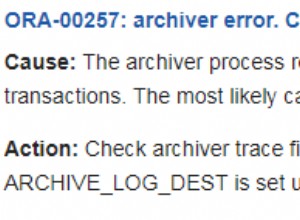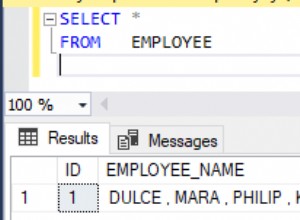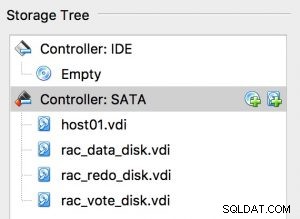आप REGR रैखिक प्रतिगमन कार्य।
--Ordinary least squares forecast for each customer for the next year.
select
cust_id,
max(year) +1 forecast_year,
-- y = mx+b
regr_slope(revenue, year)
* (max(year) + 1)
+ regr_intercept(revenue, year) forecasted_revenue
from customer_data
group by cust_id;
CUST_ID FORECAST_YEAR FORECASTED_REVENUE
------- ------------- ------------------
1 2018 730868
2 2018 50148
4 2018 7483
3 2018 -9920
नीचे नमूना स्कीमा है। या आप इस SQLFiddle का उपयोग कर सकते हैं ।
create table customer_data
(
cust_id number,
year number,
revenue number
);
insert into customer_data
select 1, 2016, 679862 from dual union all
select 1, 2017, 705365 from dual union all
select 2, 2016, 51074 from dual union all
select 2, 2017, 50611 from dual union all
select 3, 2016, 190706 from dual union all
select 3, 2017, 90393 from dual union all
select 4, 2016, 31649 from dual union all
select 4, 2017, 19566 from dual;
REGR फ़ंक्शन संख्या जोड़े से संबंधित है, यह "राजस्व 0 से नीचे नहीं हो सकता" जैसे व्यावसायिक नियमों को नहीं समझता है। यदि आप पूर्वानुमानों को हमेशा 0 या उससे ऊपर रहने के लिए प्रतिबंधित करना चाहते हैं, तो एक CASE अभिव्यक्ति मदद कर सकती है:
--Forecasted revenue, with minimum forecast of 0.
select cust_id, forecast_year,
case when forecasted_revenue < 0 then 0 else forecasted_revenue end forecasted_revenue
from
(
--Ordinary least squares forecast for each customer for the next year.
select
cust_id,
max(year) +1 forecast_year,
-- y = mx+b
regr_slope(revenue, year)
* (max(year) + 1)
+ regr_intercept(revenue, year) forecasted_revenue
from customer_data
group by cust_id
);
CUST_ID FORECAST_YEAR FORECASTED_REVENUE
------- ------------- ------------------
1 2018 730868
2 2018 50148
4 2018 7483
3 2018 0




